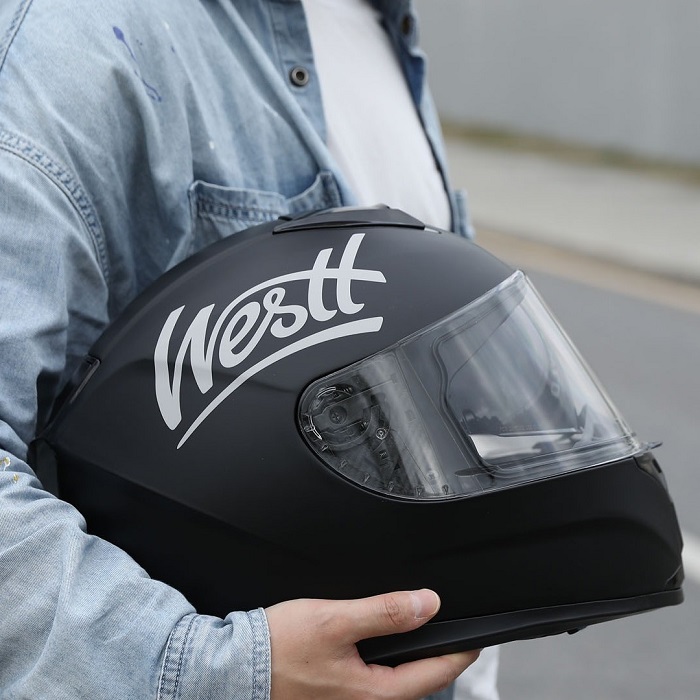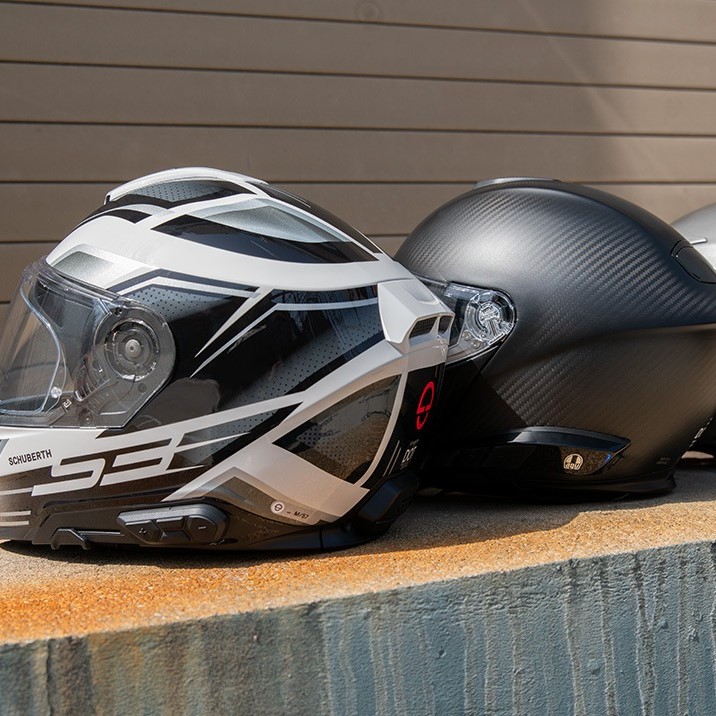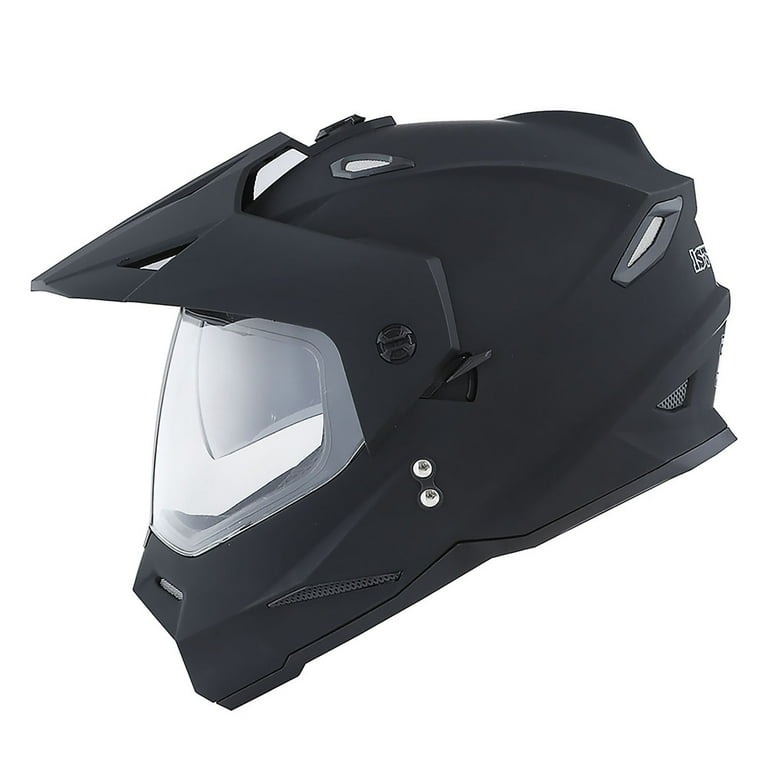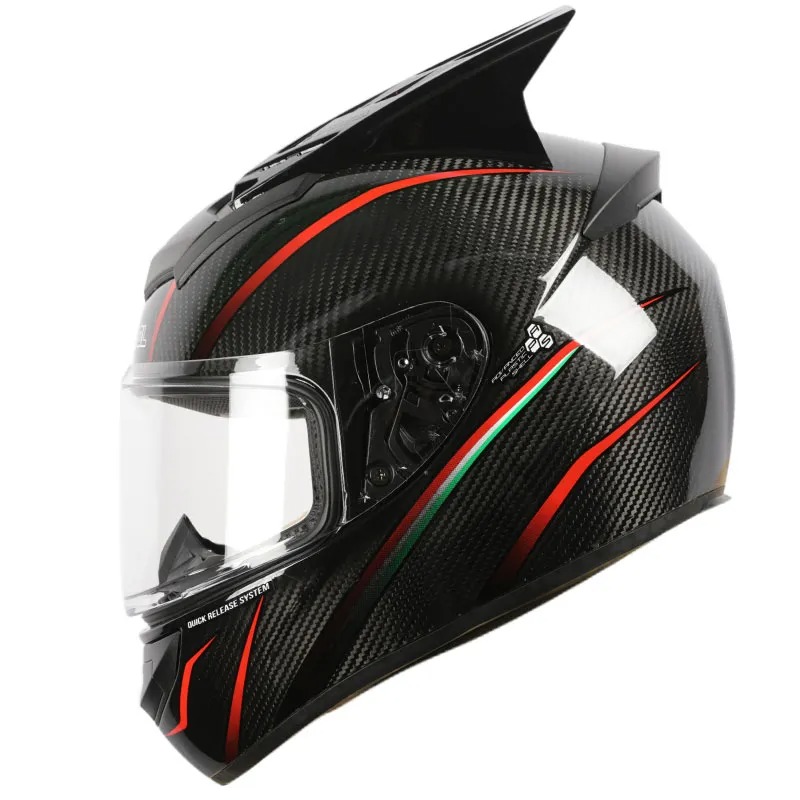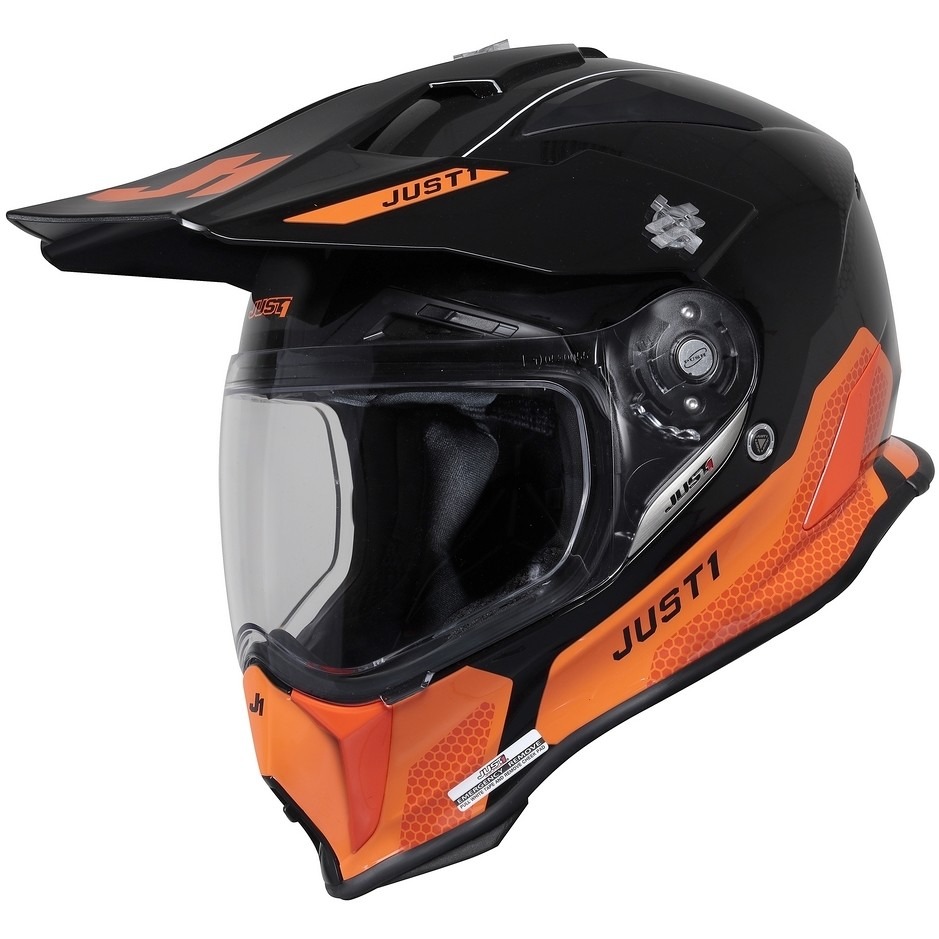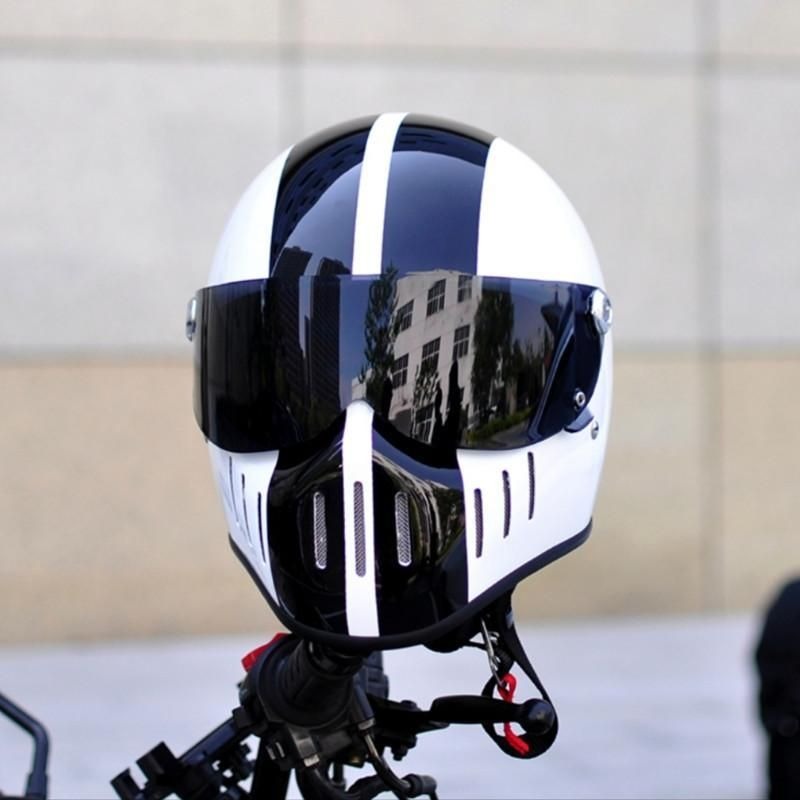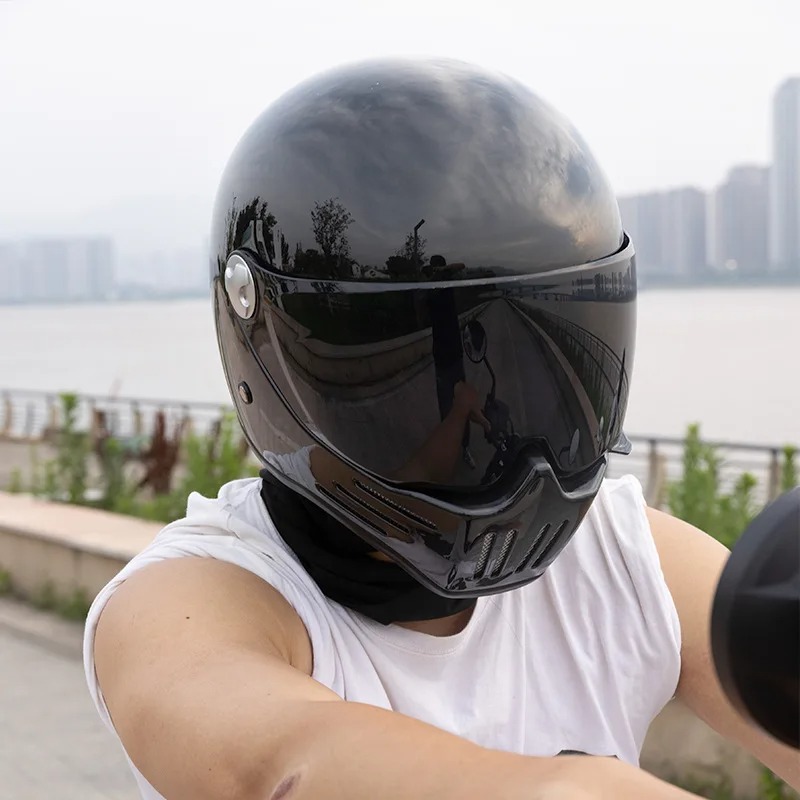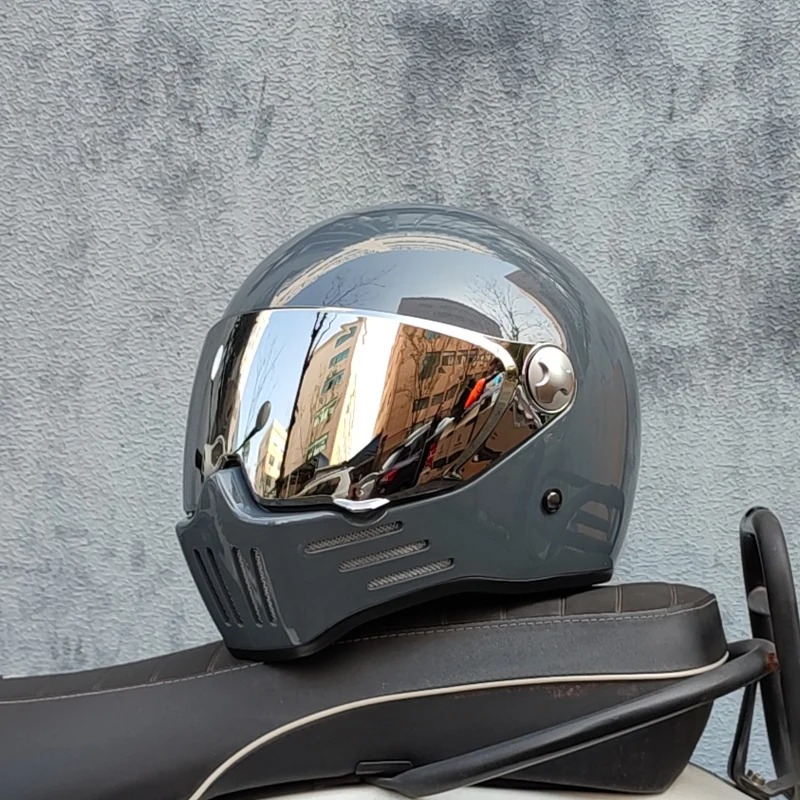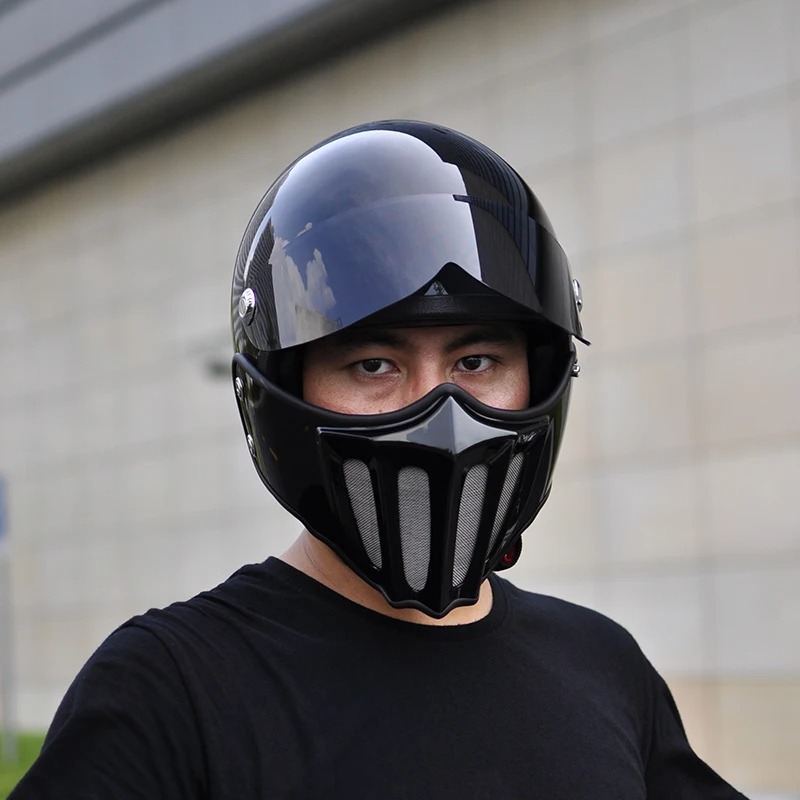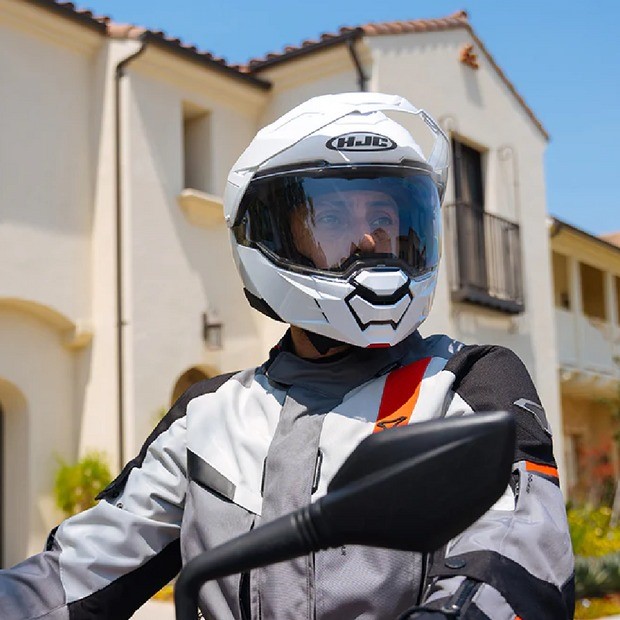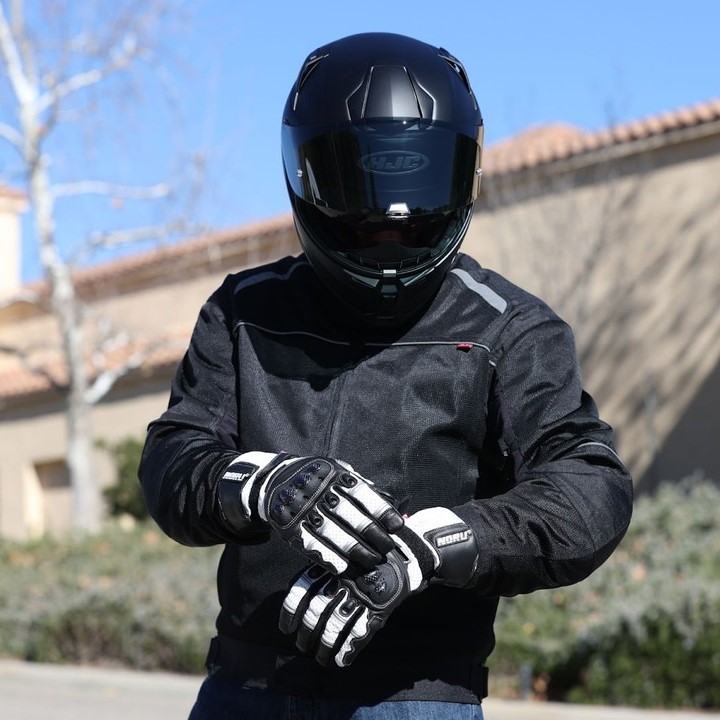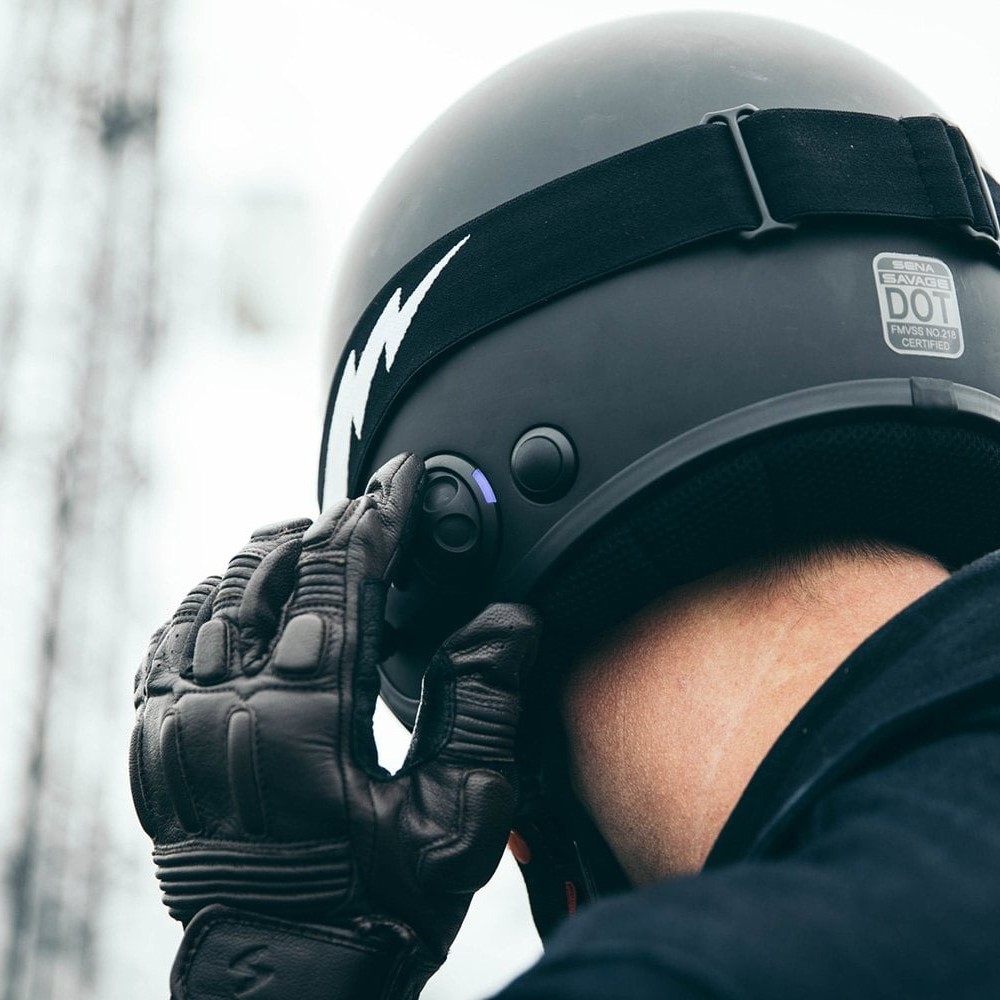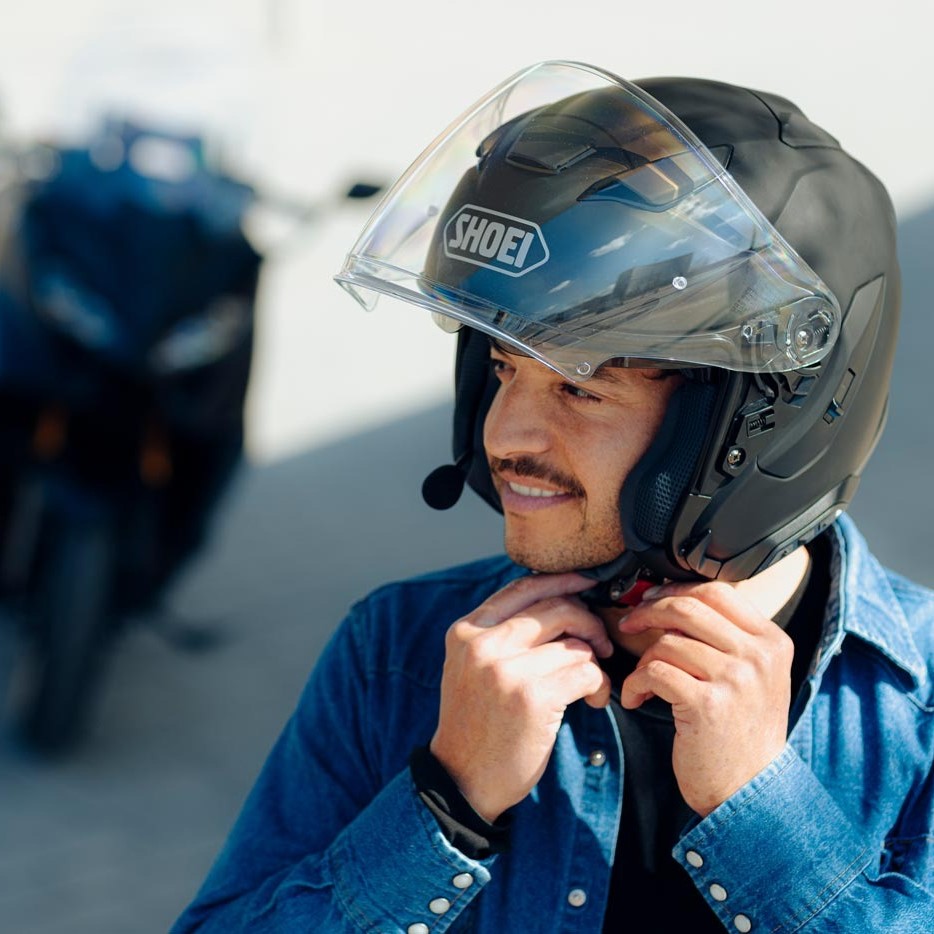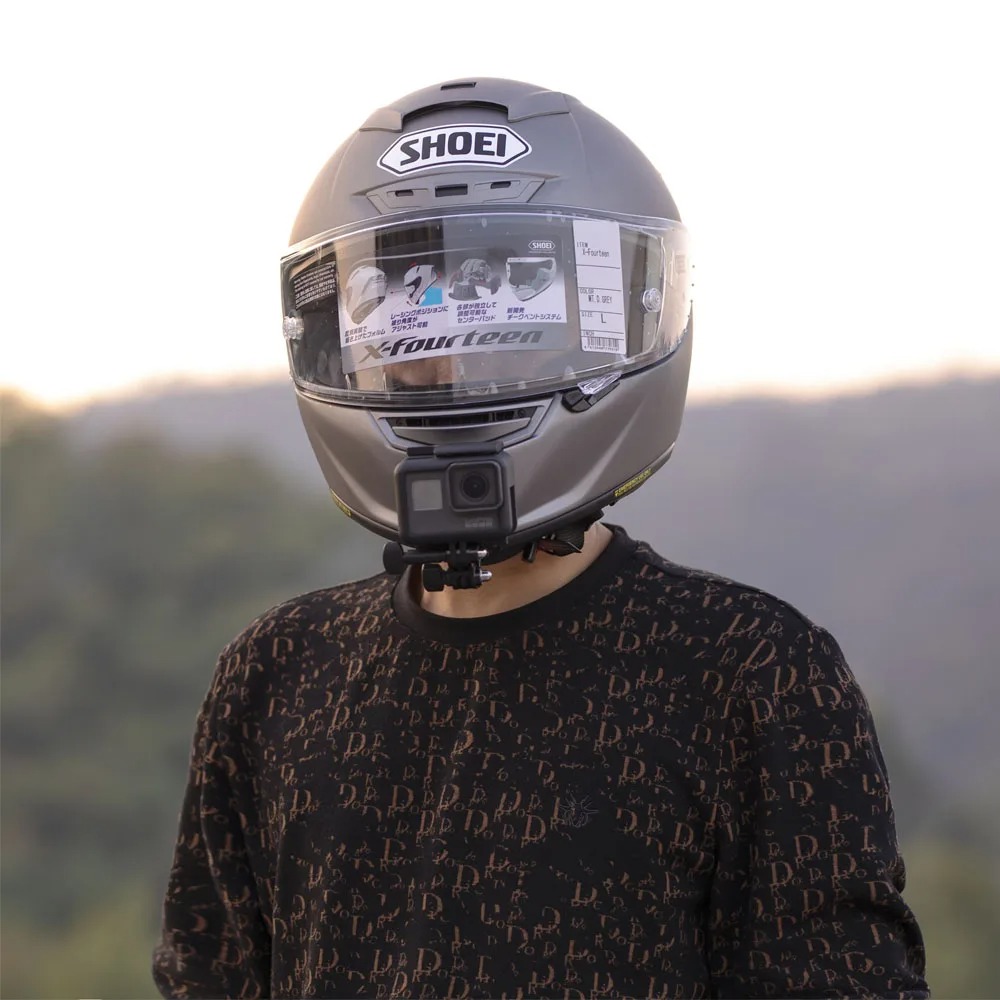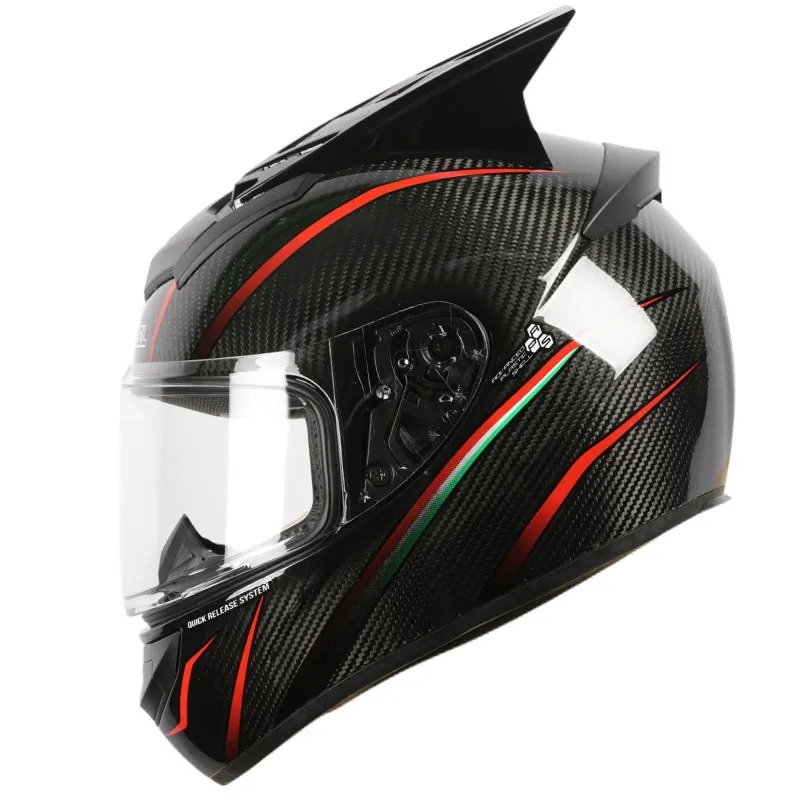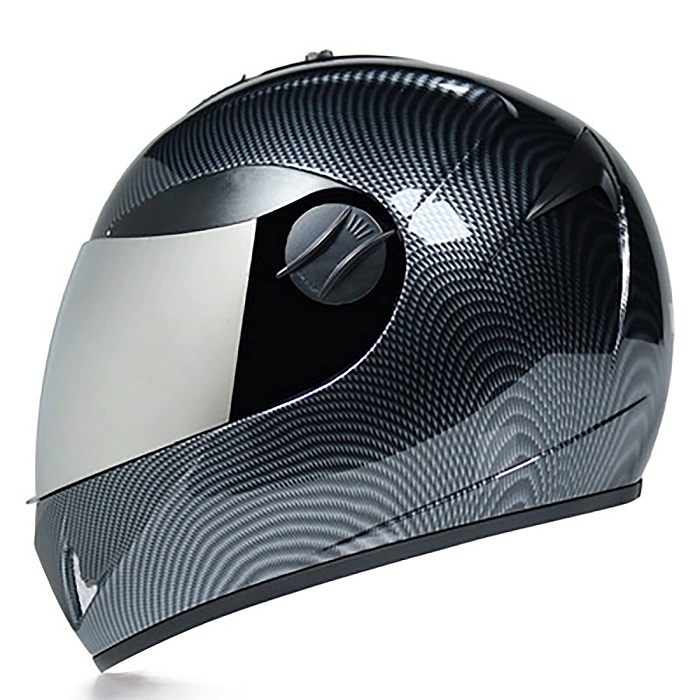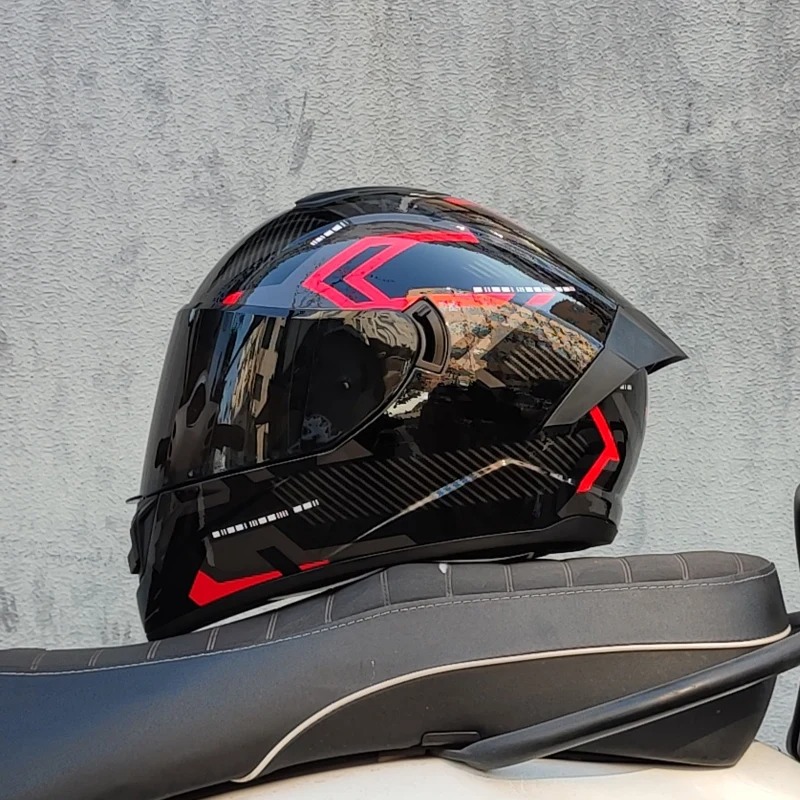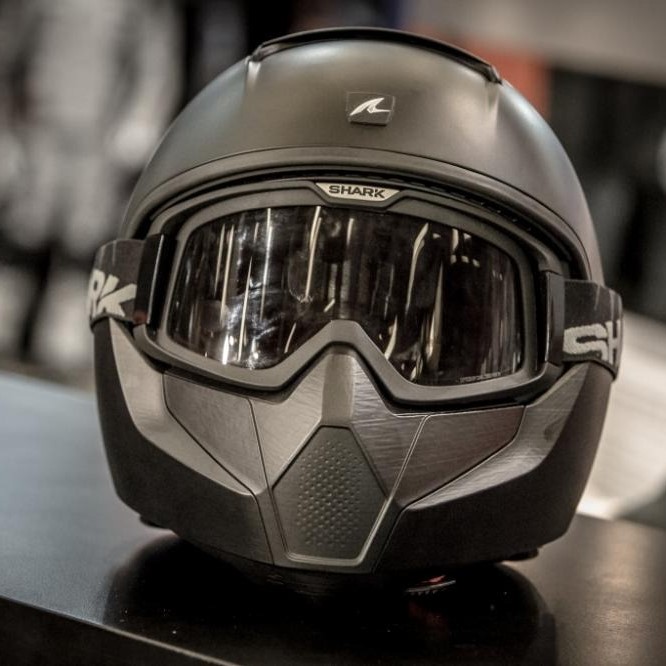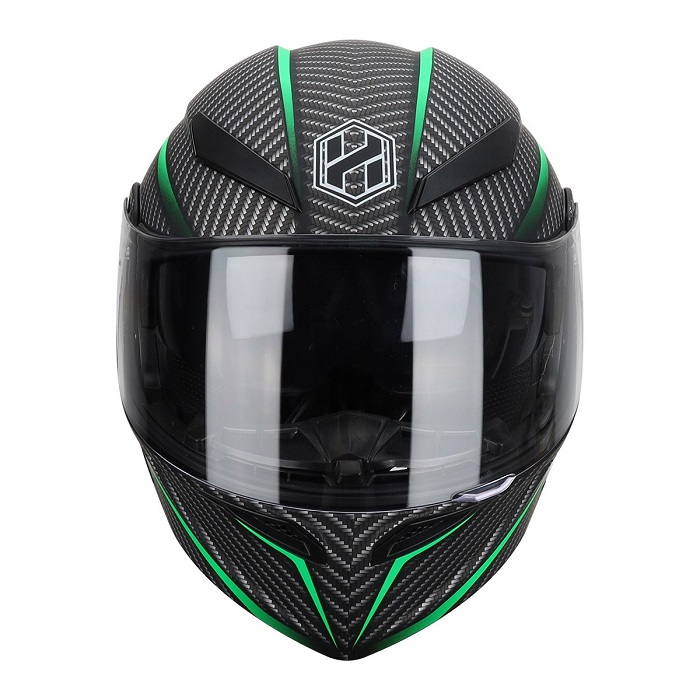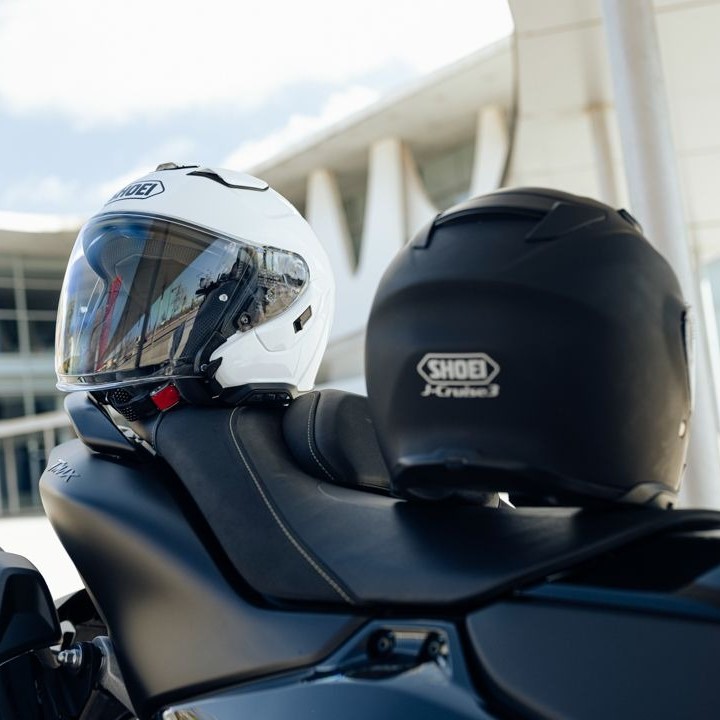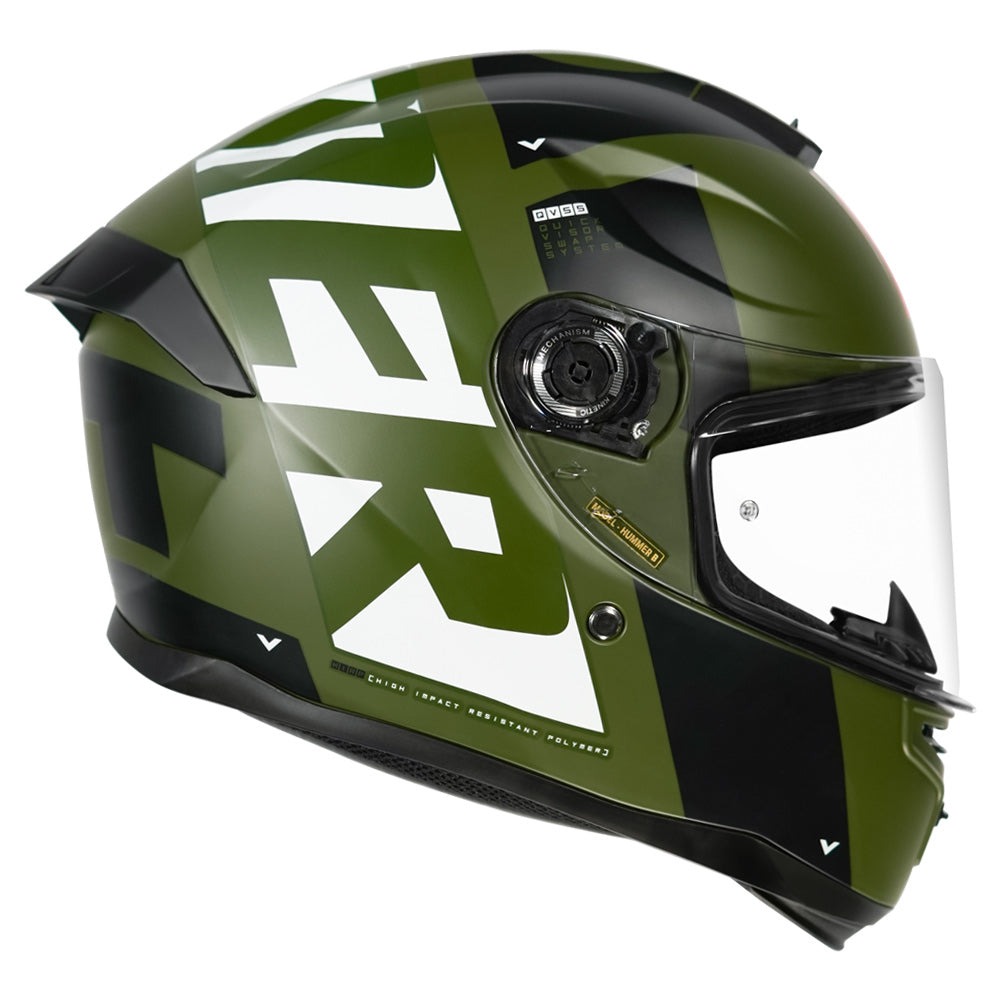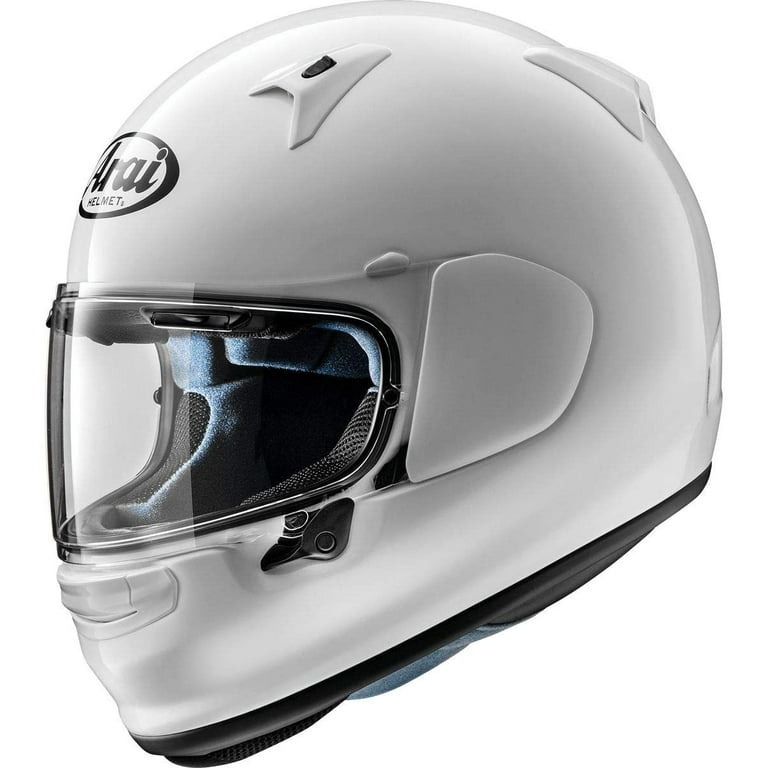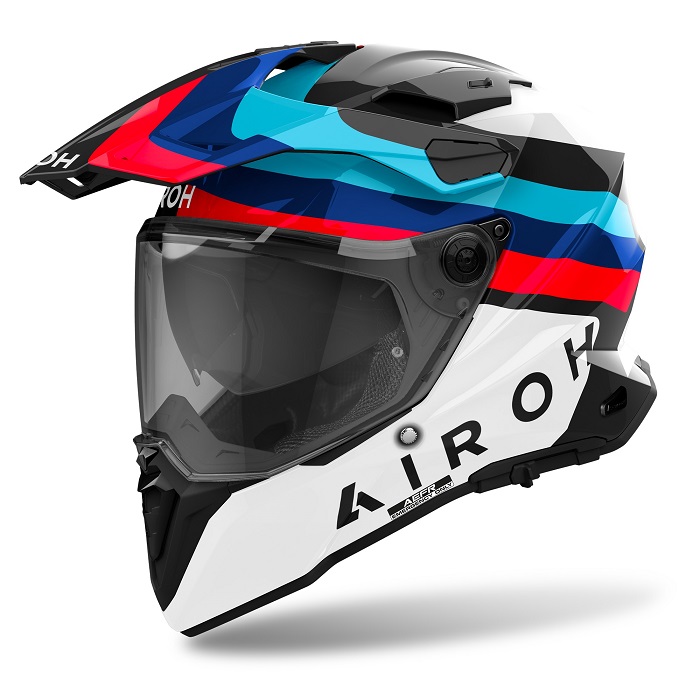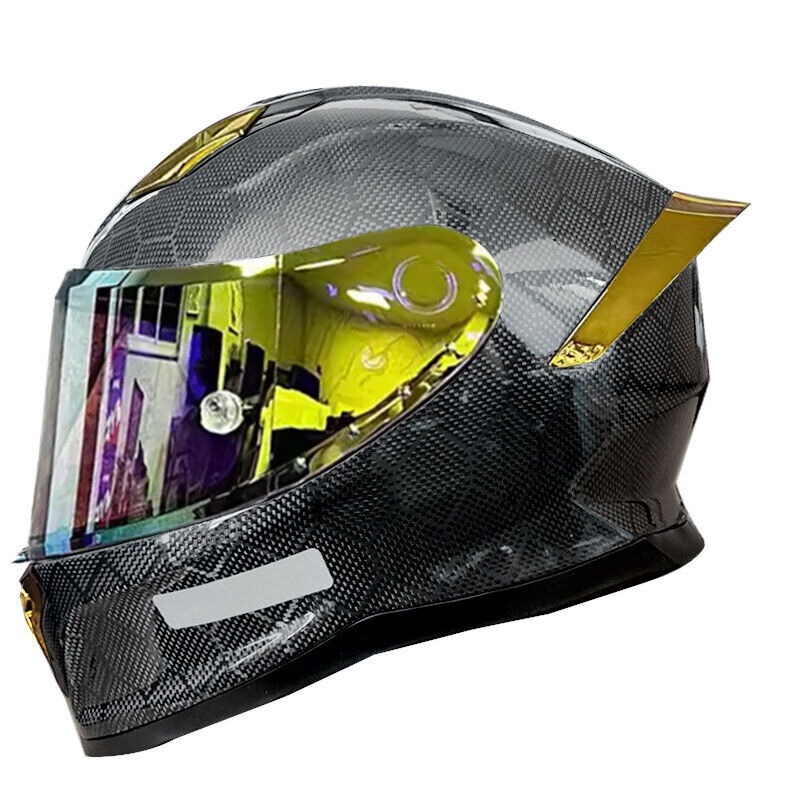Mar 4, 2025
The Perfect Balance: How Tight Should Helmet Be
Importance of a Properly Fitted Helmet
Wearing a helmet that fits well is crucial. It can mean the difference between minor injuries and major harm in an accident. How tight should helmet be? A helmet should be snug enough to remain firmly in place. But it should not cause discomfort or pressure points. A properly fitted helmet will ensure the best protection. It will also provide comfort during longer rides.
A helmet that is too loose can shift or come off during a crash. This greatly reduces its ability to protect your head. On the other hand, a helmet that is too tight can cause headaches. It can also become a distraction that takes your focus off the road. Finding the right balance in how tight your helmet should be is essential.
A well-fitting helmet also helps in maintaining your visibility and hearing. If it’s too tight or too loose, it can slip and obstruct your vision or hearing. This is a safety hazard. It affects your ability to react to traffic and road conditions.
To sum up, taking the time to find a helmet that fits properly plays a vital role. It offers protection, comfort, and keeps you alert on the road. So, make sure to follow proper fitting steps to ensure an optimal helmet fit.
Measuring Your Head for a Helmet Size
Before shopping for a helmet, you must know your head size. Use a soft tape measure. Wrap it around the largest part of your head. This is usually an inch above your eyebrows and ears. Keep the tape measure level and snug, not tight. Record the measurement in centimeters or inches. Most helmets list sizes in these units. Compare your head size with the helmet manufacturer’s size chart. Choose the closest match. Remember, head shape matters as much as size. So, the next step is crucial.
Checking Helmet Shape Compatibility
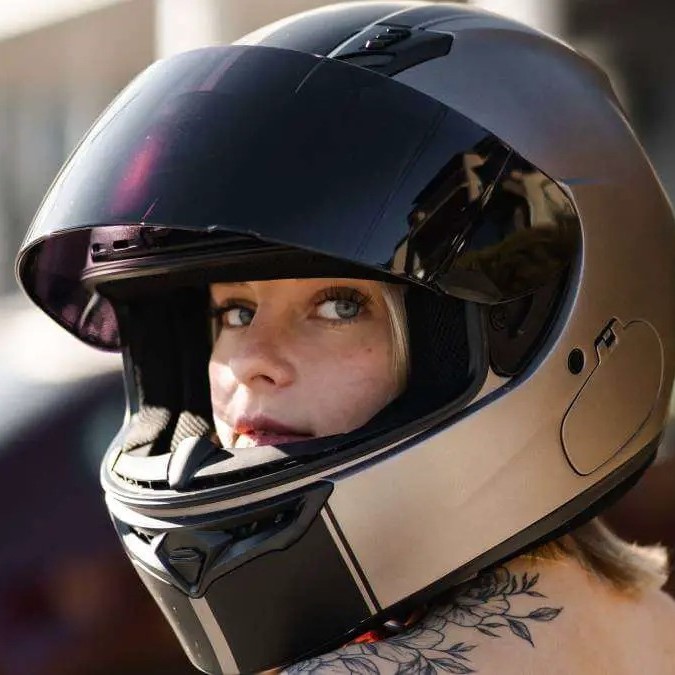
When choosing a helmet, shape is as important as size. Heads come in different shapes. So do helmets. To ensure a good fit, match your head shape with the helmet’s design. There are generally three head shapes to consider:
- Round Oval: This shape is as wide as it is long. If your head has a similar shape, look for a round oval helmet.
- Intermediate Oval: Most common head shape. It’s slightly longer front-to-back than it is side-to-side. Helmets for this shape are the easiest to find.
- Long Oval: This shape is much longer front-to-back than it is wide. Choose a long oval helmet if this matches your head.
Trying on different helmet shapes is essential. The right shape helmet will feel snug around your entire head. It should not press more on one side than the other. If it does, it may not be the right shape. Check for even pressure distribution to ensure how tight the helmet should be without discomfort. Remember to always try a helmet on before buying. This is the only way to check for proper shape compatibility.
The Retention System: Straps and Buckles
The helmet’s retention system is key for a snug fit. Straps and buckles keep the helmet secure. They should sit comfortably under your chin. Not too tight to choke, nor too loose to dangle. The rule of thumb for how tight should helmet be with straps is simple. You should fit one or two fingers between your chin and the strap.
Make sure the straps form a ‘V’ shape around your ears. This ‘V’ shape ensures straps do not rub against your ears. Adjust the length of the straps. They should allow the helmet to fit close to your head. The buckles should lock firmly. Once fastened, the helmet should not wobble or tilt on your head. If it does, tighten the straps slightly. Ensure the helmet remains level on your head.
A well-adjusted retention system improves safety. It helps the helmet to stay in place during a crash. It also makes for comfortable rides. Check the adjustments every time you wear your helmet. Regular checks will help catch any wear and tear. If straps fray or buckles break, replace them promptly.
In summary, a proper retention system is crucial. It keeps your helmet secure without discomfort. Ensure straps and buckles are in good condition and adjusted correctly. Follow these steps, and you will know how tight should helmet be for optimal safety.
Ensuring the Helmet Sits Correctly
Once you’ve determined the correct size and shape, the next step is to ensure the helmet sits properly on your head. A well-placed helmet is vital for maximum protection. Here are key points to guarantee the helmet is sitting correctly:
- Positioning: The helmet should sit level on your head and low on your forehead. You should have about two fingers’ width between your eyebrows and the helmet’s front rim.
- Movement: Shake your head from side to side and up and down. The helmet should fit snugly without sliding or moving.
- Padding Check: The internal padding should offer even pressure all around your head. No area should feel too tight or too loose.
- Back Coverage: The back of the helmet should extend down to cover the back of your skull.
- Final Feel: Take a moment to feel for any gaps between your head and the helmet padding. If you find any, they may compromise the helmet’s protection.
If the helmet does not sit correctly, make the necessary adjustments. This may involve fine-tuning the retention system or using additional padding. It’s essential not to skip this step. An improperly sitting helmet can lead to increased risk in the event of a crash. Ensure your helmet is secure and covers all necessary areas of your head before riding.
Follow these guidelines along with the manufacturer’s instructions. This way, you’ll know exactly how tight should helmet be. You’ll ensure it offers you the best possible protection.
Helmet Tightness: The Rule of Thumb
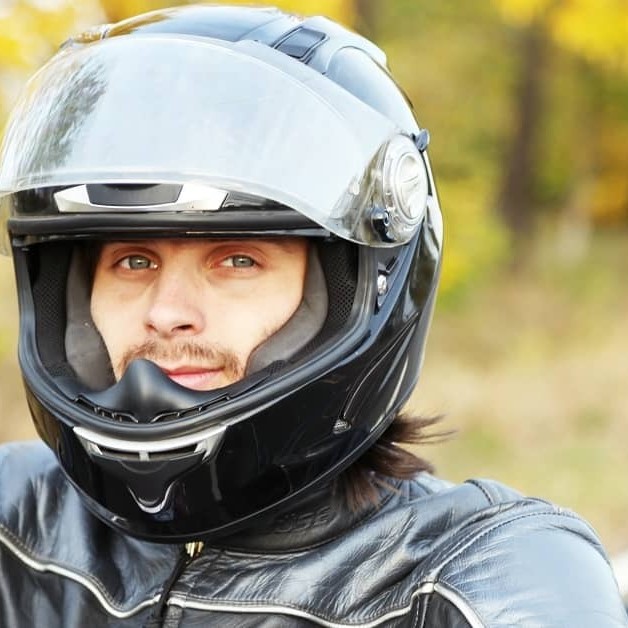
The golden rule for how tight should helmet be is simple yet crucial. It centers around a balance between security and comfort. The helmet should be snug enough that it doesn’t move when you shake your head. Yet, it should not be so tight that it causes pain or discomfort. Here are some pointers to help you gauge the correct tightness:
- Snug Fit Test: When the helmet is on, it should feel secure without squeezing your head. You can confirm this by trying to rotate the helmet. It should not turn independently of your head or slip over your eyes.
- Skincare Routine: When you remove the helmet, you should not have red pressure marks on your skin. Light lines are okay; these are natural signs of contact. But deep imprints or discomfort are a no-no.
- Two-Finger Rule: A time-tested trick is to see if you can slide two fingers comfortably between your head and the helmet. This assures a snug yet reasonable fit.
- Chin Strap Tension: As for the chin strap, applying the two-finger rule works as well. You should manage to tuck two fingers between your chin and the strap, but no more.
Getting the tightness right with these tips will not only secure the helmet but also ensure comfort during your ride. It’s essential to test this each time you put on your helmet, as repeated use can alter the fit over time. Make small adjustments as needed to maintain the right level of tightness, and replace your helmet if it starts to lose form or becomes too loose.
Making Adjustments for Comfort and Safety
When securing a helmet, want a fit that ensures both comfort and safety. A helmet that’s well adjusted will protect you effectively and make your rides more enjoyable. Here’s how you tackle adjustments for a perfect fit:
- Padding Adjustments: Check your helmet’s padding. It must make contact with your head evenly. Use additional pads if needed to eliminate gaps. If the helmet pinches, try thinner pads or adjust their placement.
- Retention System Fine-Tuning: Test the buckle and straps. You may need to tighten or loosen them. Aim for a snug, not overly tight fit under your chin. Remember the two-finger rule.
- Correct Positioning: Ensure your helmet doesn’t tilt back or forward. Adjust the straps and rear stabilizers to keep it level.
- Frequent Rechecks: With use, the fit of your helmet can change. Padding compresses and straps stretch. Regularly recheck the fit and make small changes when needed.
Adjustments can seem minor, but they’re key for the best protection. Take your time to review all the points of contact. The helmet shouldn’t wobble, nor should it press uncomfortably. Small changes can make a big difference in how tight the helmet should be. Always aim for a balance of firmness and ease.
Common Mistakes to Avoid When Fitting a Helmet
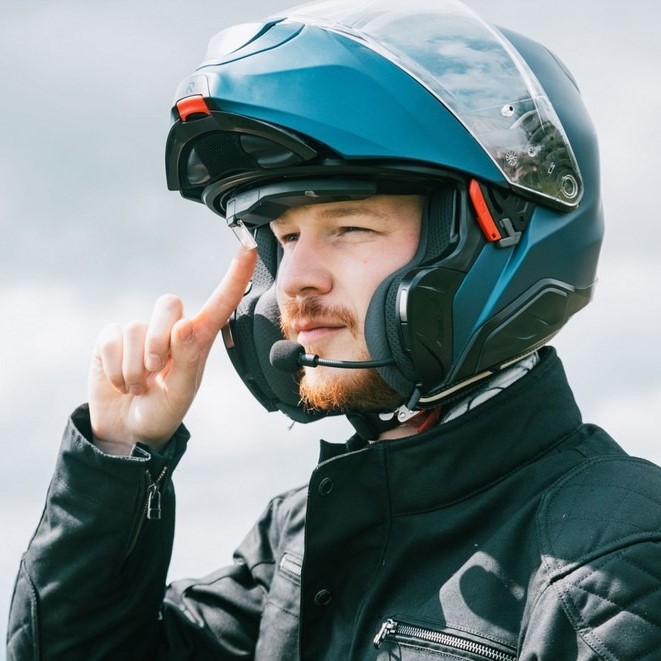
Ensuring that your helmet fits well is not just about comfort; it’s about safety too. However, even with the correct information, it’s easy to make small mistakes that could compromise the helmet’s effectiveness. To help you achieve that perfect fit, avoid these common pitfalls while fitting a helmet:
- Ignoring Head Shape: Not all helmets fit all head shapes. Overlooking this can lead to an uncomfortable and unsafe fit.
- Skipping Size Measurements: Guessing your size without measuring your head often results in a poor fit.
- Not Adjusting Straps Properly: Leaving straps too loose or too tight can be dangerous. Remember the two-finger rule.
- Wearing a Hat Underneath: Adding a hat or a thick headband can alter the fit and reduce the helmet’s protective capabilities.
- Over-Tightening: A helmet that’s too tight may cause headaches and discomfort, which distracts from your focus on the road.
- Choosing the Wrong Retention System: Not all retention systems suit all riders. Choose one that can be easily adjusted to how tight your helmet should be.
- Using Worn-out Helmets: Old or damaged helmets may not protect you well. Ensure your helmet is in good condition before each ride.
- Failing to Retest the Fit: Regular checks are critical as the helmet’s padding compresses over time.
Learn from these tips on how tight your helmet should be, and you’ll enhance both your safety and your comfort on the road. Keep them in mind every time you gear up for a ride!
More Details